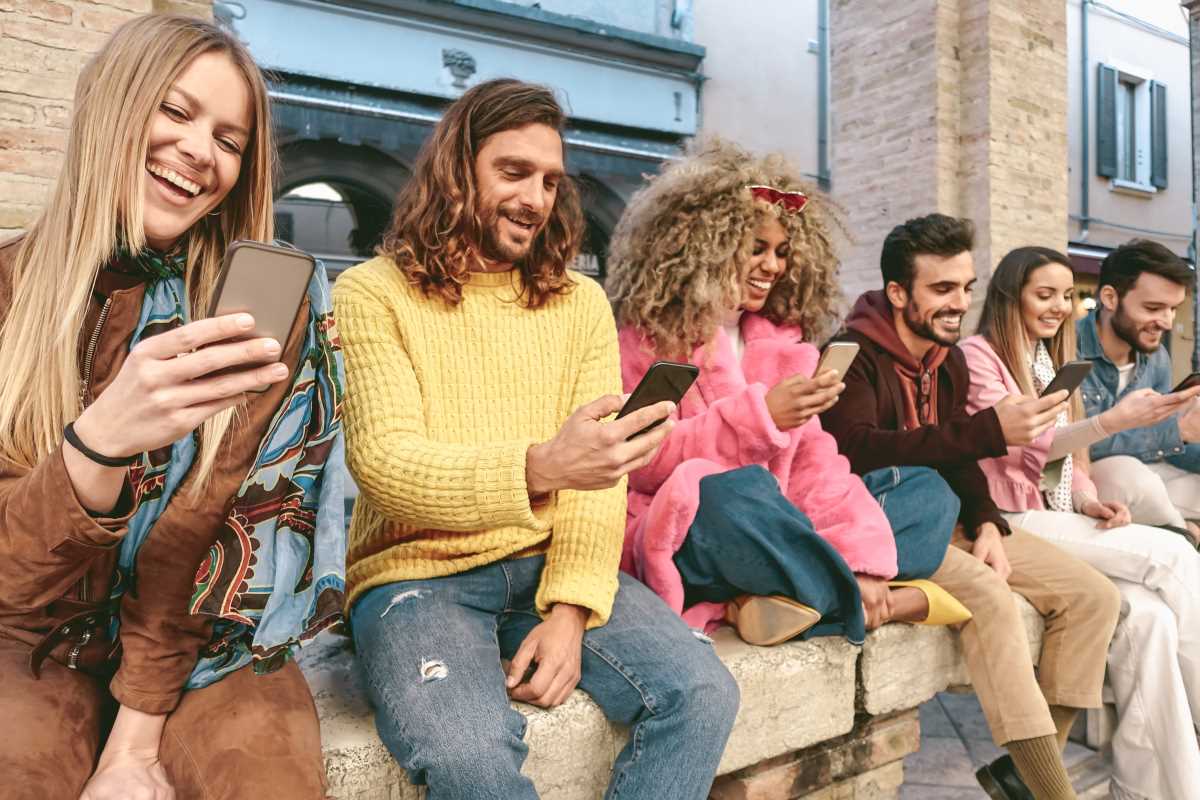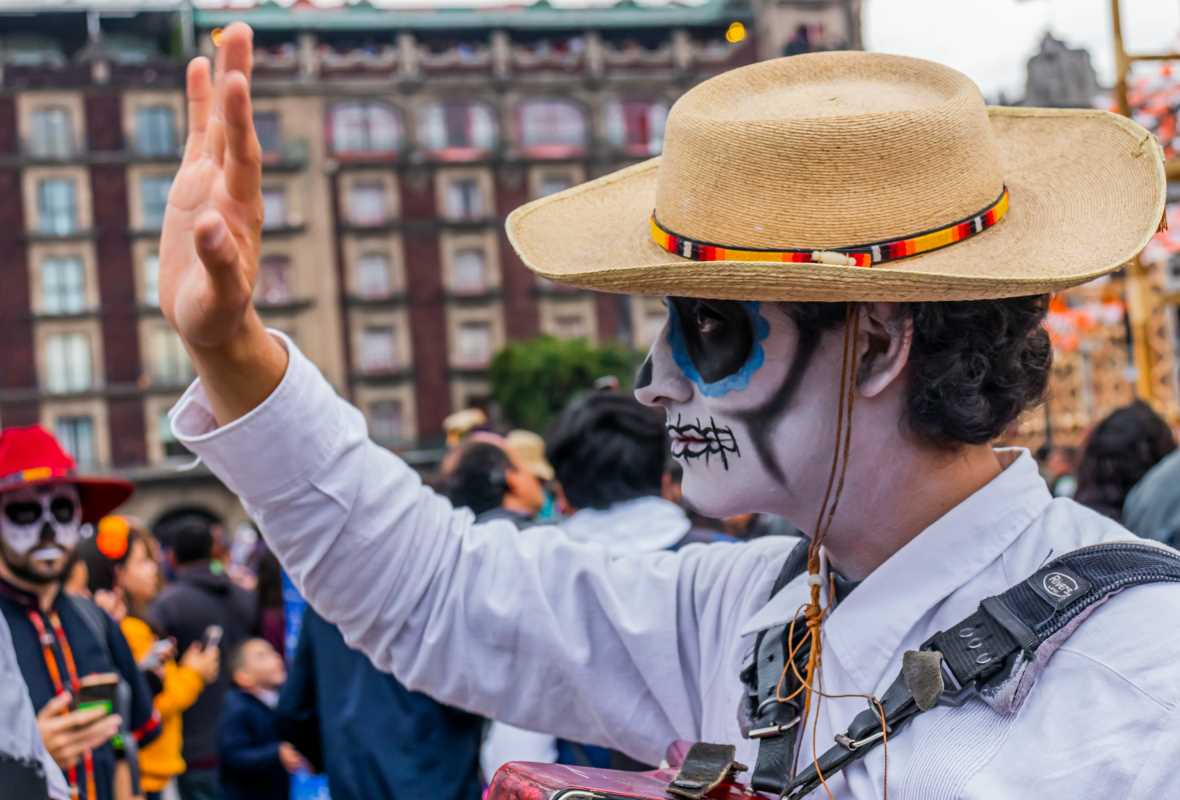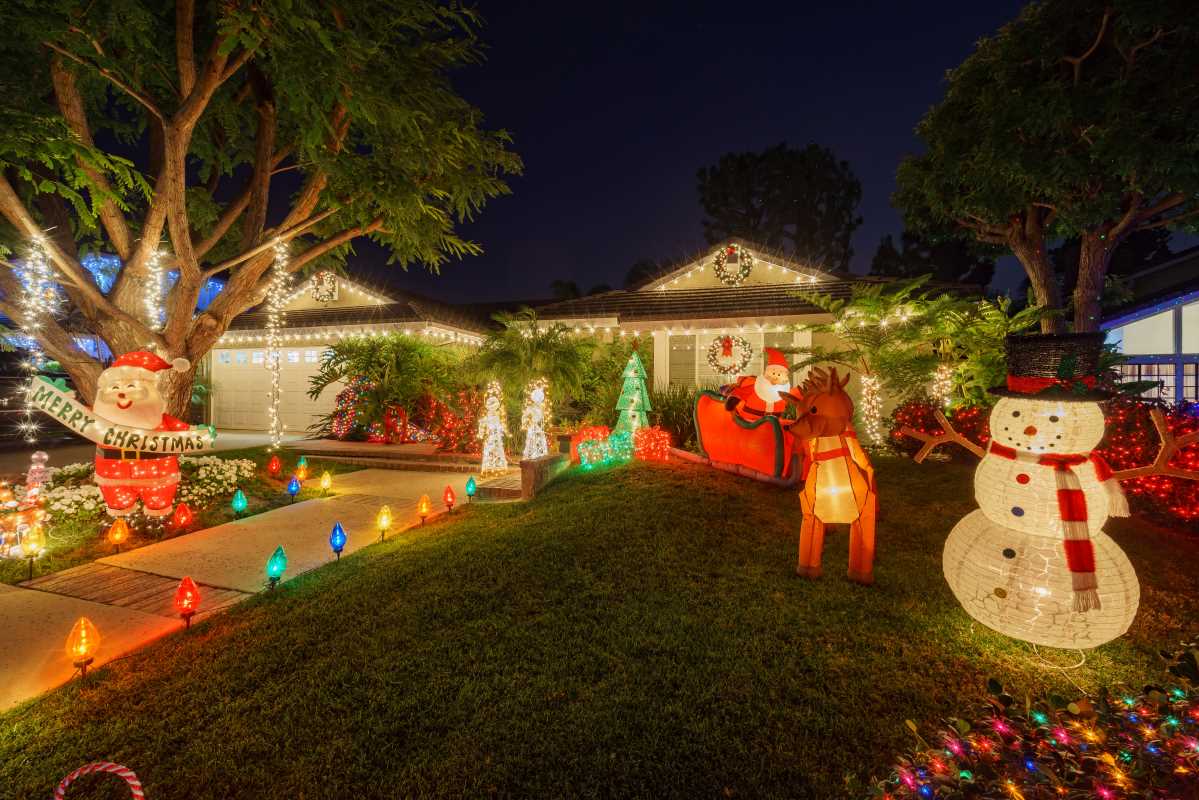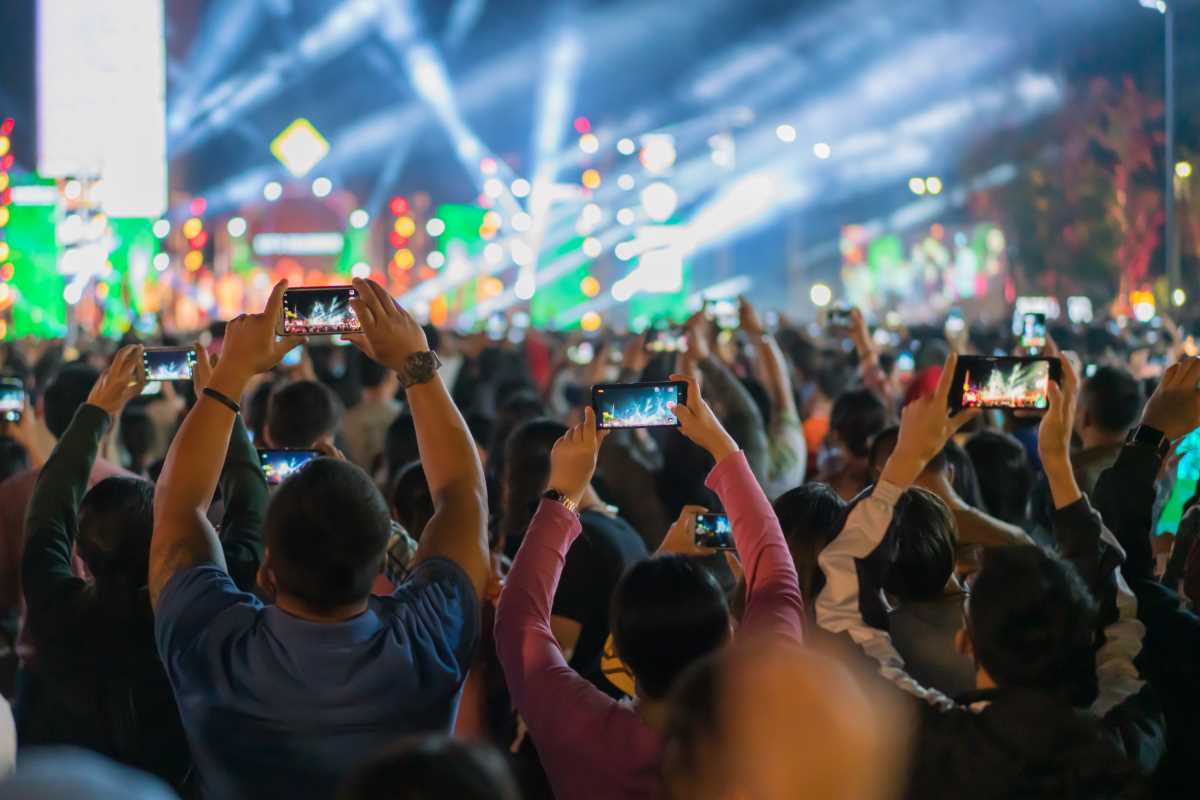Festivals have long been a vital expression of human culture, offering opportunities to celebrate traditions, showcase creativity, and foster connections. Over centuries, festivals have evolved from community gatherings into grand cultural spectacles. But as we enter 2025, the role festivals play in society is undergoing a remarkable transformation. No longer just about music, food, or performance, festivals now serve as powerful platforms for innovation, inclusion, and unity. They are rewriting the narrative of how we think about community, belonging, and shared experiences.
From the integration of cutting-edge technology to a renewed focus on sustainability, today's cultural festivals are redefining what it means to celebrate. Here's an in-depth look at how these changes are shaping communities and the broader cultural landscape.
1. Blurring the Lines Between Digital and Physical Worlds
The boundaries between physical gatherings and digital experiences are rapidly dissolving. The 2025 festival landscape embraces this shift, fusing technology with live cultural experiences to create hybrid formats. Events now blend virtual reality (VR) and augmented reality (AR) with in-person attendance for an experience that feels both global and deeply personal.
Imagine attending a traditional music festival where you're not just watching a band on stage but immersing yourself in their story through VR headsets. You might walk through a digitally reconstructed version of the band's hometown, experiencing the sights and sounds that shaped their music. Events like GlobalRoots are making this possible, offering simultaneous in-person and virtual participation. By live-streaming performances and incorporating AR elements, they ensure the festival vibe reaches audiences worldwide, allowing people to engage more intimately with diverse cultures—even from distant places.
Impact on community building: These hybrid formats expand the reach of festivals, creating inclusive spaces where physical presence is optional but emotional connection remains paramount. They collapse geographical barriers, enabling shared cultural experiences across continents. For instance, someone in Tokyo can virtually attend and contribute to a dance circle happening in Ghana, fostering ties that wouldn't have been possible otherwise.
2. Festivals With a Purpose
Unlike traditional festivals that focused mainly on entertainment, today's cultural festivals often align themselves with societal causes and values. This shift reflects a generation that seeks more meaning in their shared experiences. Attendees don’t just want to be entertained; they want to engage, reflect, and contribute to change.
Consider ReEarth Music Fest, an eco-conscious festival that pairs music performances with workshops on climate action, sustainable living, and regenerative agriculture. Similarly, Voices Unheard Celebration amplifies marginalized voices by offering platforms for creators and storytellers from underrepresented communities. These festivals provoke thought and inspire action, bridging the gap between personal enjoyment and societal impact.
Impact on community building: Purpose-driven festivals go beyond passive celebration; they encourage attendees to listen, learn, and align their actions with shared values. Whether it’s through a panel discussion on global warming at a jazz concert or an art installation addressing racial equality, these festivals create a sense of solidarity. People walk away not just feeling entertained but empowered to bring meaningful change to their communities.
3. Hyper-Localized Experiences
Globalization has brought the world closer, but it has also heightened a craving for authentic, local experiences. The rise of hyper-localized festivals answers this need, offering a deep and rich portrayal of smaller communities that might otherwise go overlooked. These festivals focus on regional cuisine, indigenous arts, and local customs, inviting visitors to explore the stories that shape a community's identity.
Take the TownColors Festival. This festival travels to smaller towns across the globe, uncovering hidden gems in art, food, and cultural traditions. One year, attendees might learn the intricate weaving techniques of a rural village in the Philippines; another year, they could indulge in the culinary heritage of a small French village. These festivals honor the voices of local artisans, chefs, and performers who breathe life into their communities.
Impact on community building: Hyper-local festivals not only build pride in local culture but also introduce outsiders to traditions they might never have encountered. This mutual exchange fosters understanding and bridges cultural divides. Communities often see tangible benefits too, such as a boost in tourism and increased appreciation for their heritage.
4. Wellness-Centered Gatherings
The growing focus on mental health and personal well-being has seeped into the world of festivals. Festivals in 2025 have evolved from being solely about external celebration to becoming spaces where attendees can also focus inward. Wellness has become a core element of programming, blending into the broader festival atmosphere rather than being treated as a separate component.
Serenity Fest is a shining example of this trend. Alongside its lineup of interactive performances and art installations, it offers yoga classes, meditation retreats, and sound healing workshops. Attendees are encouraged to take part in therapeutic activities like journaling, mindful photography, or even silent dance events. Mainstream festivals, too, are adding wellness zones, allowing attendees to unwind, reflect, and recharge.
Impact on community building: By prioritizing wellness, these festivals create environments that feel open, caring, and non-judgmental. They offer people a chance to reconnect—not only with themselves but also with fellow attendees in meaningful ways. Shared healing experiences build trust and deepen bonds, making festivals more than just a fleeting gathering.
5. Sustainability as a Core Principle
2025 is seeing sustainability take center stage not just as a theme but as a guiding principle in festival planning and execution. From ditching single-use plastics to powering stages with renewable energy, festivals are pushing boundaries to reduce their ecological impact.
Green Pulse, for instance, has gone a step further, aiming to be a carbon-positive festival. Strategies include fully solar-powered venues, composting organic waste on-site, and a tree-planting initiative where every ticket sold contributes to reforestation efforts. Attendees are also educated about sustainable practices, from upcycling clothes to choosing plant-based diets.
Impact on community building: Eco-conscious festivals demonstrate how collective action can lead to real-world change. They encourage collaboration between organizers, performers, and audiences to adopt sustainable habits that last beyond the festival itself. This shared responsibility bolsters a sense of community, uniting people around a common cause while reducing the environmental toll of large cultural events.
6. Fostering Inclusivity Through Design
Inclusivity has become more than a buzzword in 2025. Festivals today are actively dismantling barriers, ensuring everyone can participate fully and equally. Accessibility is treated as fundamental, not optional, with measures like ramps, sensory-friendly zones, and sign language interpreters becoming standard. At the same time, festivals are diversifying their lineups and ensuring pricing strategies accommodate all income levels.
One standout example is CultureAccess Fest, which takes inclusivity to the next level. This festival curates an intentionally diverse roster of artists from across the gender, cultural, and ability spectrums. It implements "pay what you can" ticketing, along with virtual attendance options to eliminate financial or logistical barriers. Even accommodations like wheelchair-accessible camping show a consideration of every festival-goer’s needs.
Impact on community building: When everyone feels welcome and valued, the result is a space where authenticity thrives. Inclusive festivals foster deeper bonds by creating a shared experience free from prejudice or exclusion. They act as a microcosm of the diverse, equitable society many strive to build.
Festivals of Connection, Celebration, and Collaboration
The festivals of 2025 are more than entertainment; they’re platforms for learning, healing, and empowerment. They’re dissolving the lines between the digital and the physical, uniting people around shared purposes, celebrating the unique beauty of local cultures, and doing so with a thoughtfulness that prioritizes the planet and its people. These events are cultivating a new sense of what community means, leaving a lasting legacy of togetherness, inclusion, and change.
Are you ready to join the revolution and experience the future of festivals firsthand? The evolution is here, and there’s never been a more exciting time to celebrate.
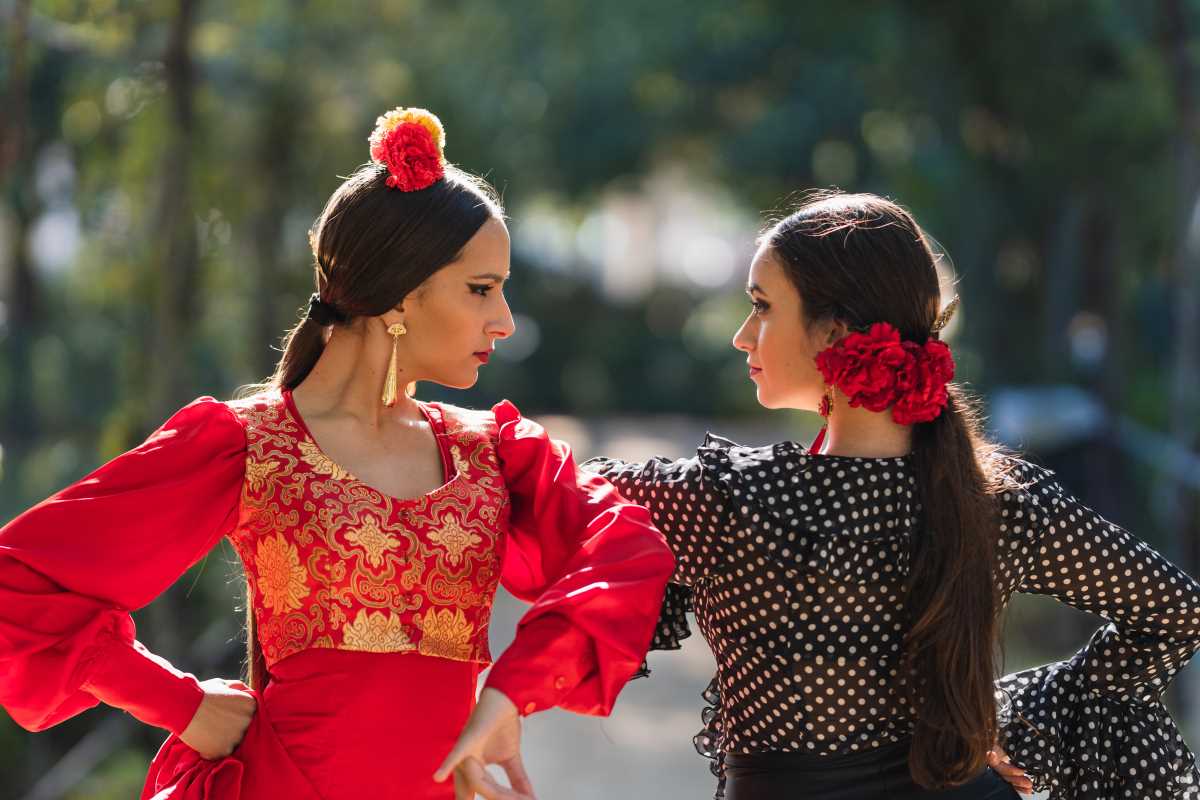 (Image via
(Image via